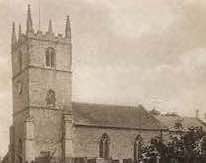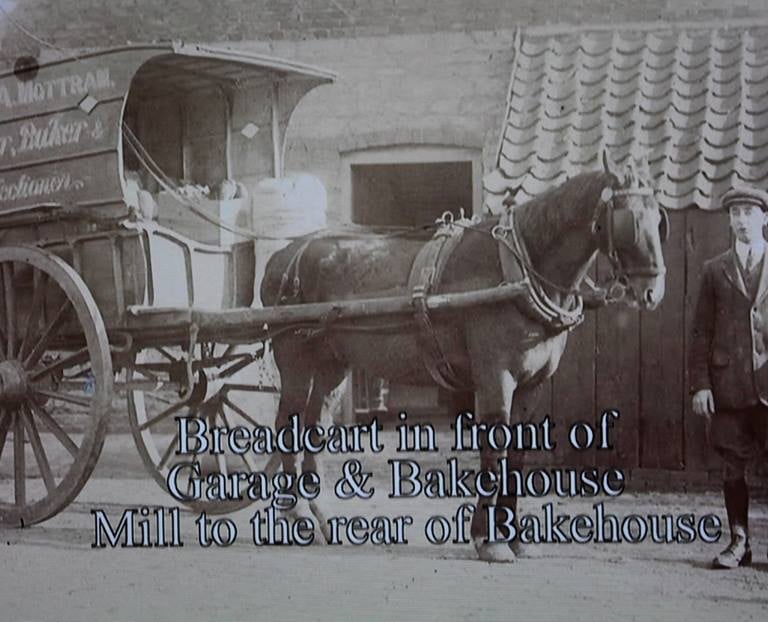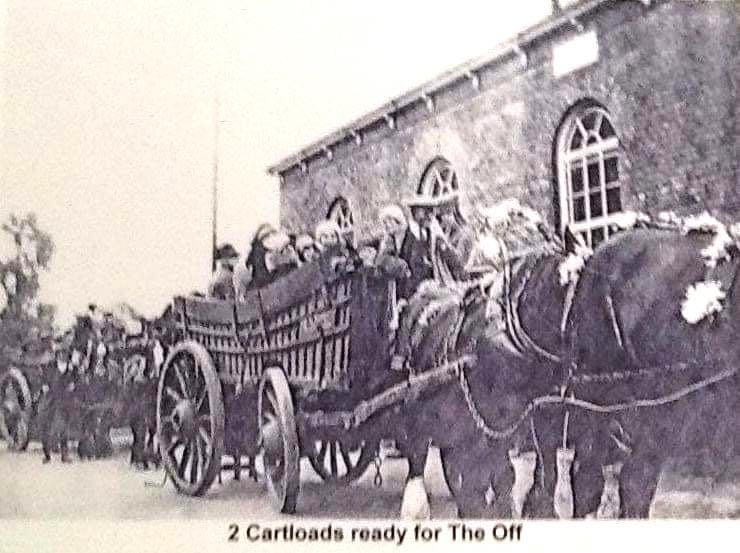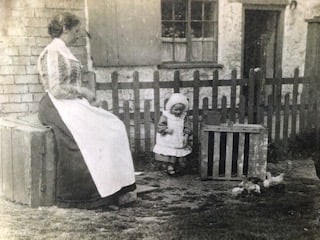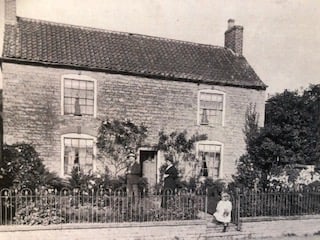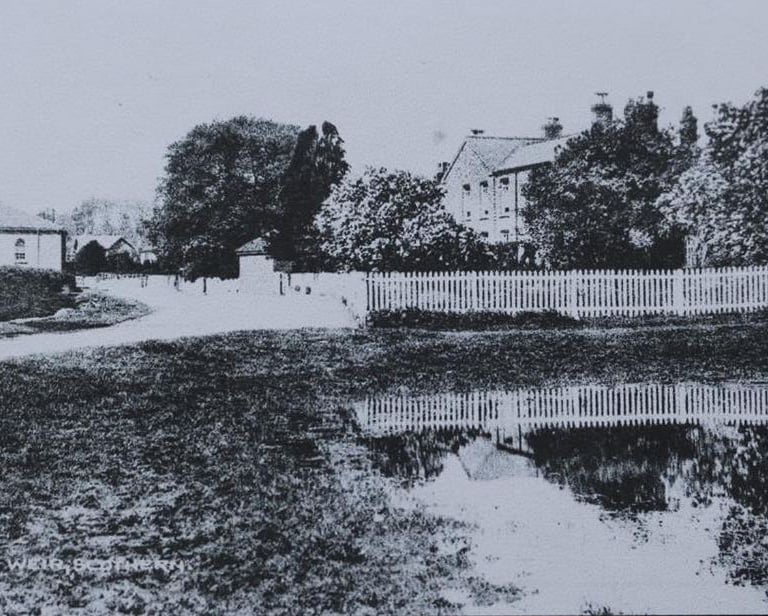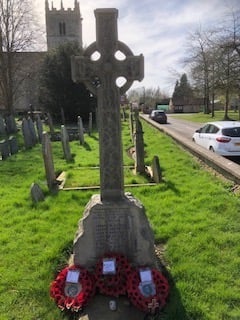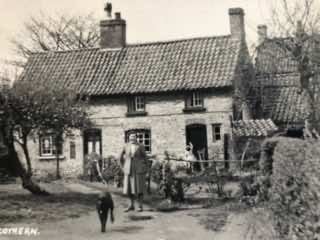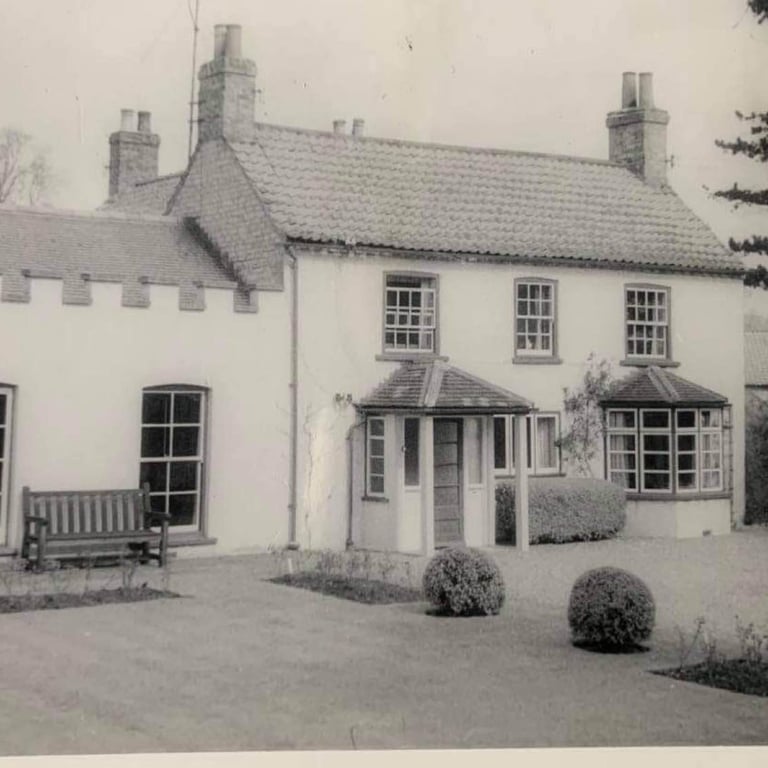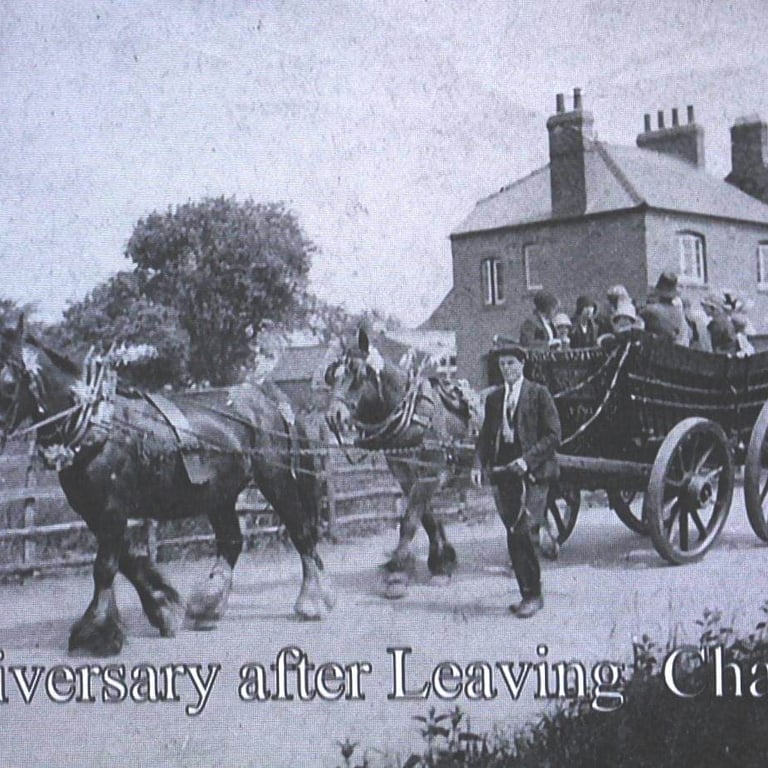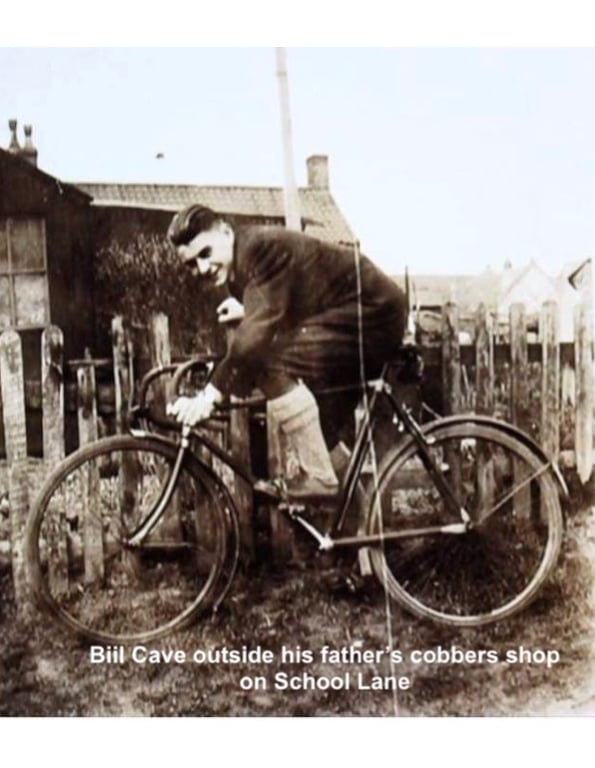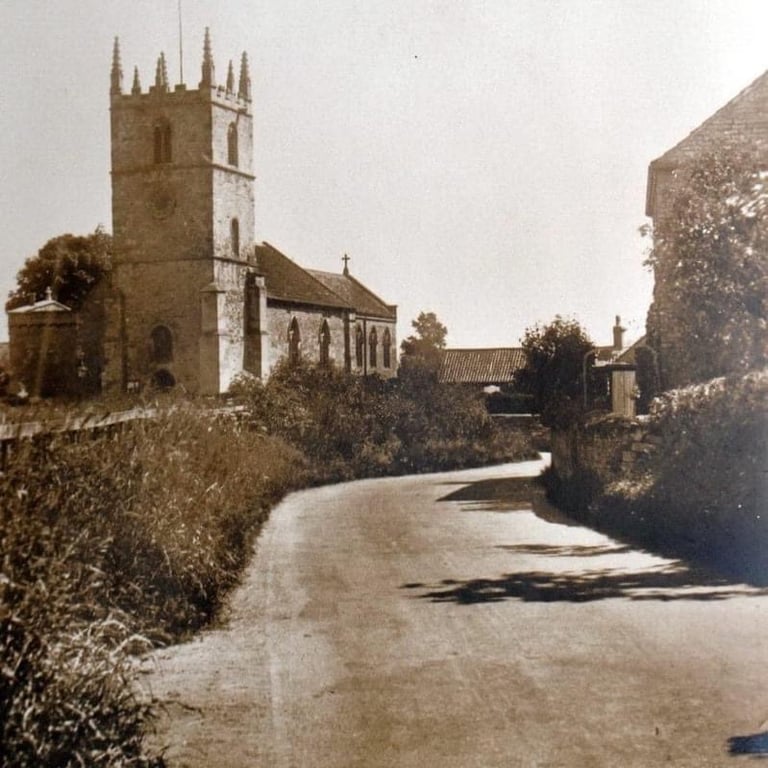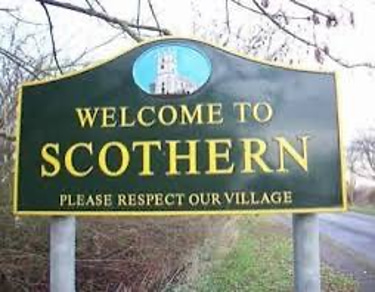WELCOME
TO
SCOTHERN HISTORY
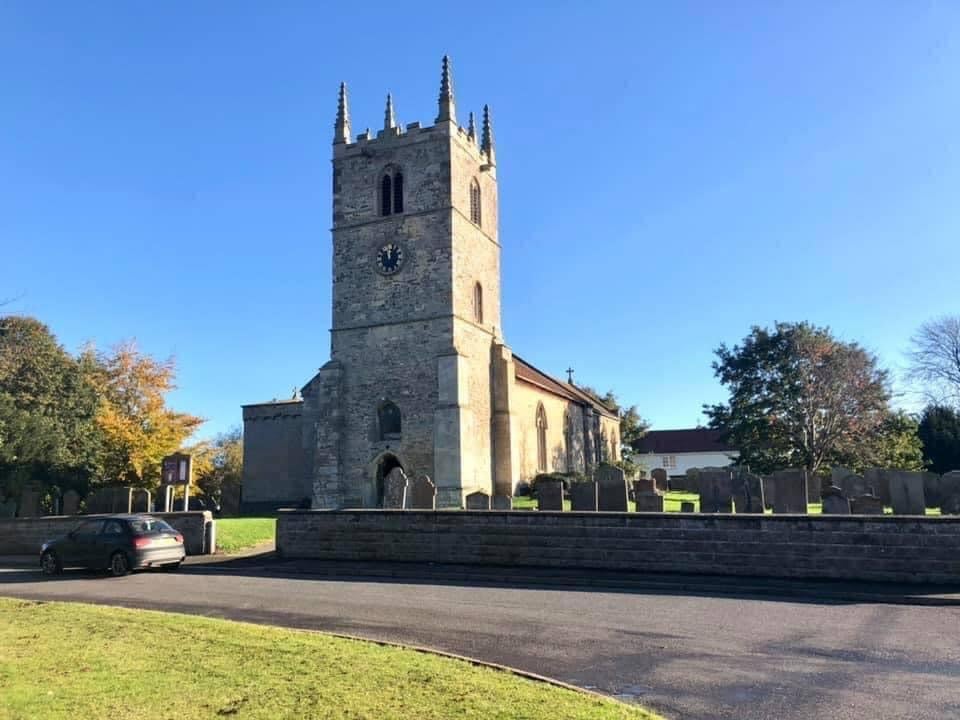

The village of Scothern, or Scothorne as it was known for many centuries, has been inhabited for at least a thousand years. It was situated in the small Anglo-Saxon Kingdom of Lindsey which came into being in about 450AD and was in the Wappentake (a place to take a weapon to vote ) district of Lawress. There is written evidence of the village as a small settlement in the Scoltorne (Scothern) hundred. This was an Anglo Saxon area of administration that could support one hundred families which included Scothern, Sudbrooke and Sudbrooke Holme. Scoltorne was the main administration centre, Sutbroc (South Beck) is the stream that is south of Scothern, now Sudbrooke Beck and is what Sudbrooke is named after. Sutbruc was a Berwick, a subsidiary small farm settlement (Berwick originally meant barn for storing barley). Sudbrooke Holme, Holme being another Anglo Saxon word for a small settlement often with a Manor, is now Sudbrooke Park and is where the Parklands, a new housing development, is being built. The joint administrative of the Scothern Hundred district remained in place until the Scothorne Land Closure Act of 1766.
Before the Angles built their Lindsey Kingdom this ancient Briton district was administered from a large Roman Villa at Sudbrooke. Indeed this Villa may have been the main administrative centre of the whole of Lindsey or at least the Lawress area. The villa was a satellite for a much larger Roman Palatial Villa and administrative centre which was situated, and now completely destroyed, near Greetwell Quarry. It is under the Roman Pavement 1940's housing development. It is probable that the Greetwell Villa controlled the whole of northern England for a period as the Roman Legions pushed further and further north. There are few Celtic finds in the Scothern area but it is most probable that the Celtic Corieltauvi tribe either lived in the area making use of Scothern Beck and its fertile land or at least hunted here. It would certainly have been cultivated by the Roman Sudbrooke Villa. A Roman beehive was found in Scothern in the 1960's on a Main Street building site.
After the Anglo conquest of England (Anglo-land), Lincolnshire was eventually conquered by the Vikings along with much of the north and east of Angloland and became part of the Norseman's Danelaw. The Angle Lords who owned Scothern were deposed by Vikings from their Great Heathen Army, who gave up the sword to take up the plough. As part of the deal with King Alfred the Vikings (Danes) also became Christian and England became, mostly, a united Christian Kingdom again as it had been under the later Angle-Saxons.
Even before the Norman conquest in 1066 the east part of the Scothern and much of Sudbrooke had already been given to Peterborough Abbey. After the Norman Conquest Peter-at-Burgh Abbey (Later Peterborough Cathedral ) was allowed to keep its Scothern and Sudbrooke Lands but the other lands were given to Normans who organised the whole country into manors which were controlled by Norman Lords.
The western half of Scothern was eventually given to Barlings Abbey. This meant all of Scothern and much of Sudbrooke was owned and worked by the Church. Or at least the tied peasants under the Church's control. Barlings Abbey was built a result of 'The Anarchy Civil War' that culminated in the end of Norman King Stephen's rule and the beginning of Plantagenet, Henry II's, rule in 1154. The Norman Lord who owned much of Scothern and Sudbrooke's manor lands was Ralph de la Haye, who was also the Constable of Lincoln Castle. He had supported King Stephen in the civil war against Empress Matilda and her son Henry II. This included the First Battle of Lincoln where Matilda's forces captured King Stephen in Lincoln Castle. After King Stephen's death and Henry II came to the thrown to make amends for supporting the wrong side Ralph de Haye gave his lands here to the new Barlings Abbey. It was built by Henry II's wife Eleanor of Aquitaine, partly in competition with the more ancient and larger Bardney Abbey which had also supported King Stephen. Politics has always been a dirty business! Henry VIII would eventually get rid of both these Abbeys. Barlings Abbey would lose its Scothern and Sudbrooke lands due to supporting the 1536 Lincolnshire Rising against Henry VIII. Henry would give these lands to his best mate Charles Brandon, Duke of Suffolk, who put down the rising. The lands would then pass down the centuries to the owners of Sudbrooke Holme
,Peterborough Abbey (later Peterborough Cathedral) would keep hold of its Scothern lands until the 20th century all run from Fiskerton Manor. People who live in cottages owned by Peterborough Cathedral right up to the 1920's couldn't buy them freehold and had to go the Fiskerton Manor to 'take the knee' and swear fealty to gain the Copy Hold (sort of leasehold) of their cottages. This is still recorded in their deeds today.
The western side of Scothern and most of Sudbrooke had been passed down through the centuries until the Ellison Family bought it. Richard Ellison built Scothern School in 1838 (it had been previously in a private house ). Richard went on to become one of the founders of the West Minster Bank. He is interred in a Vault below Scothern Church which he had built for himself and other family members.
Instagram feed
